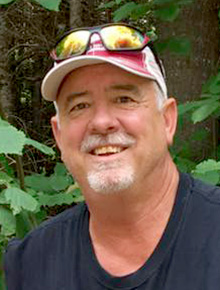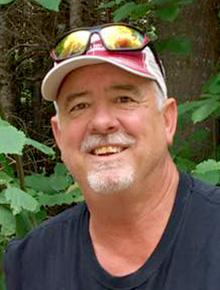
I just love it when it finally gets to be 70 degrees and the sun shines. My last wildlife ride included a ground hog, a new bald eagle nest, one mink, tons of Canada geese, raccoons, American kestrels, turkey vultures, turkeys, numerous white tail deer and a few mergansers and wood ducks utilizing my nesting boxes.
My favorite, though, is the big and bad ringneck pheasant.
Male ringnecks, called cocks, are more visible this time of year than any other. Everyone reports seeing them on the roads everywhere, leaving the impression that there must be tons of them.
This is not really the case. The average life expectancy of a pheasant is 11 months. Some die just after they hatch and others die two years later.
For a pheasant to reach the age of three hardly ever happens. From the peak of the hatch, which happens in Minnesota about June 10, numbers will decline for many reasons down to about 40 percent of that peak total in a normal year with normal winter weather. This leaves 40 percent left to carry on the next season’s reproduction efforts.
The reason you see roosters all the time in the spring is that they are looking for the highest spot in the county to crow for the ladies. The more visibility they have, the better chance they have of attracting a harem.
The average rooster male services about a dozen hens. They can do the job for three dozen or more at one time. They will crow and flap their wings to attract the mates they desire.
Roosters actually lose a pretty large percentage of their body weight with this effort. Crowing and flapping, not to mention fighting with rival males, must take a lot of energy.
If you have never seen roosters battling it out, you are missing quite a sight. In the heat of these battles, you can often walk up very close to action. They are so engaged in the fight that they lose some of their keen perceptions of danger.
When the hens lay their clutch and hatch a brood, the tough part of being a pheasant begins. Many chicks will die in the first week. Predation and in some cases cold, wet weather are to blame.
Years ago, I wanted all of my wildlife habitat to be thick, tall grass. Certain times of the year pheasants will absolutely need this kind of cover. But when you are a pheasant chick, this robust cover can be a killer. Momma hen will move about throughout the day with the chicks following behind. If the cover is too thick, the chicks cannot keep up and they are in many cases just left behind.
Brood cover, as it is called, is much more desirable this time of year. “What is brood cover?” you might ask. This is mix of much shorter and less dense cover, hopefully with lots of forbs and flowers mixed in.
This kind of cover has many open spaces, areas under the leaves and stems with some dirt exposed.
These open areas under the canopy allow the chicks easier walking and allow them to better keep up with their mom. Flowers and forbs are broad leaf plants that are insect incubators. Pheasant chicks survive their first few weeks with insects as their primary food source. Grasshoppers are a favorite.
Tall grasses, on the other hand, have almost no insects for baby pheasants to feed on. If you have a wildlife property, it should have a mix of different kinds of habitats or cover so it can fulfill all the needs of pheasant adults and chicks alike for all of the seasons, not just thick cover for the wintertime.
Public lands are strategically designed to provide for all of the needs of wildlife year-round. When seeding new public land acres, I have often seen five to six distinctly different seeding mixes all planted on different parts of the property. This was almost never done in the past, and the more scientific methods used today result in much better and longer-lasting wildlife habitats.
The more attention you pay to wildlife biology, the more you learn about what is and is not good habitat. They all look good from the road, but you need to get out and walk around in them to see just how unique they really are. Take a few hours and do just that this week.
Scott Rall, Worthington, is a habitat conservationist, avid hunting and fishing enthusiast and is president of Nobles County Pheasants Forever. He can be reached at scottarall@gmail.com. or on Twitter @habitat champion.



